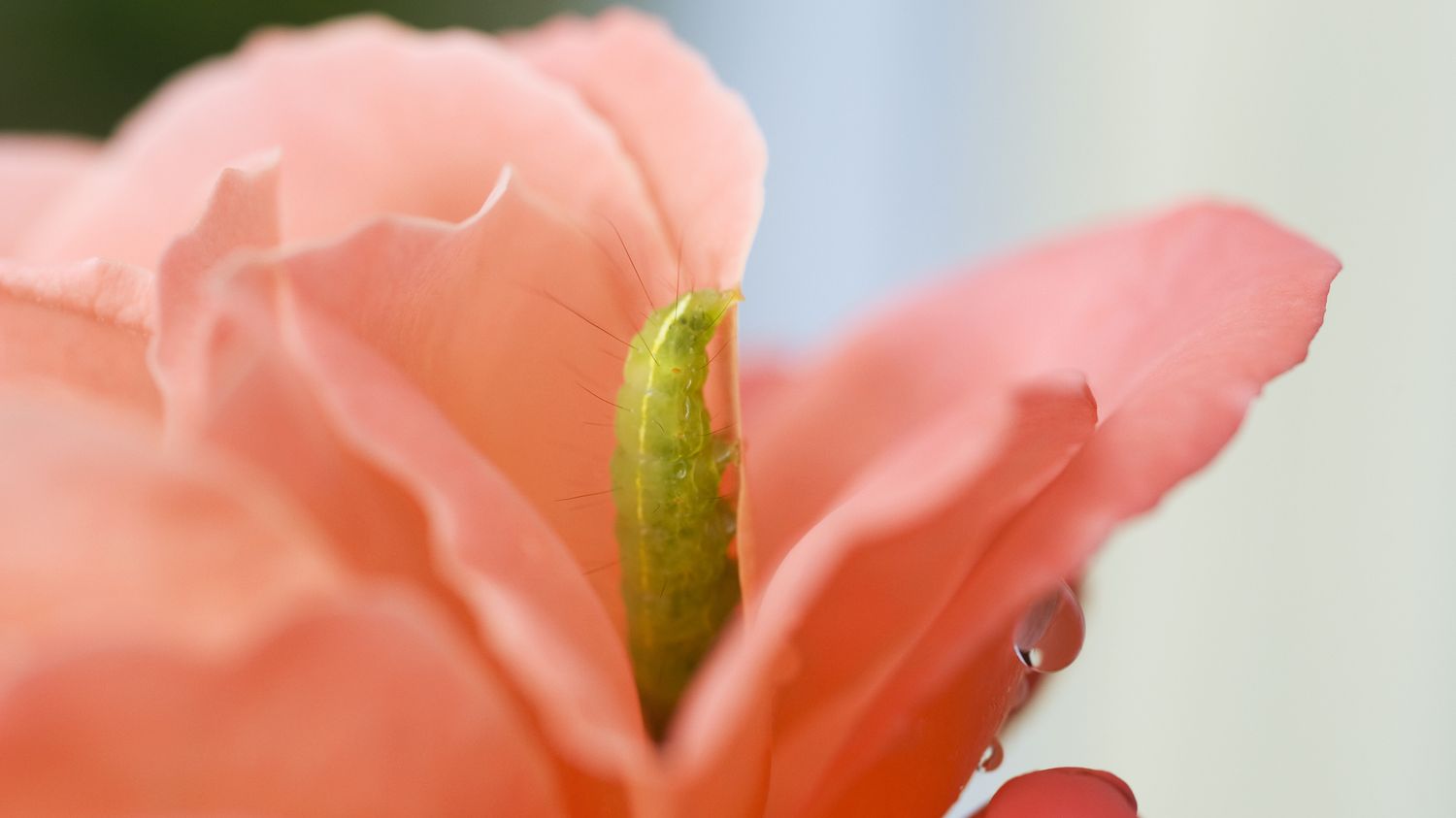The appearance of a flower at the end of a stem: this moment, oh so poetic and wonderful, remains an incredible scientific puzzle. A team of geneticists has just understood how this phenomenon that has changed the color of the world is triggered.
Hervé Poirier, editor-in-chief of the scientific magazine Epsiloon, speaks to us today of a singular and marvelous moment in the history of the world: the appearance of flowers.
franceinfo: That’s it, at the genetic level, have we understood this miracle of the blossoming of flowers? Explain to us…
Herve Poirier: This miracle took place 130, 150 or 200 million years ago – we don’t really know – maybe in China, we don’t really know either. But we know that at one time, in one place, a plant produced a flower. And that all the flowering plants of today come from this oh so poetic, oh so wonderful moment, which nevertheless remained an enigma. So what had happened?
By combining experiments in plant genetics, bioinformatics analyzes and imaging by cryo-electron microscopy, a team of botanists, led by François Parcy, from the cell and plant physiology laboratory in Grenoble, has just understood this. François Parcy has been asking himself this question for 25 years. And he entrusted it to us: for him, this study is an accomplishment.
And then, what happened for the first flower to be born?
It all happened in the union between two proteins. The first is a star of botany, known precisely for being able to activate a whole bunch of genes linked to the appearance of flowers. The second was much more mysterious – it is even called UFO (UFO in French).
Its role was thought to be to destroy the proteins they pair with. But no ! Its main role, in fact, is to bring the first protein to places in the genome that would otherwise remain unreachable. This makes it possible to trigger genes essential for flowering – the researchers literally saw these two proteins associate under the microscope.
This is true for petunias, rice, tomatoes, for all flowering plants, as well, most likely for their ancestor: these two proteins have to combine for the petals to spring out.
With botany, it quickly becomes complicated?
Yes. For the researchers, it was complicated to isolate this seminal encounter, among the multitude of genes, molecules and activations involved. But for the bee that forages the pollen, for the monkey that eats the fruit, for the lovers who offer a flower, it was an absolutely wonderful event. This meeting between two proteins changed the face of the world. In any case, its color.
